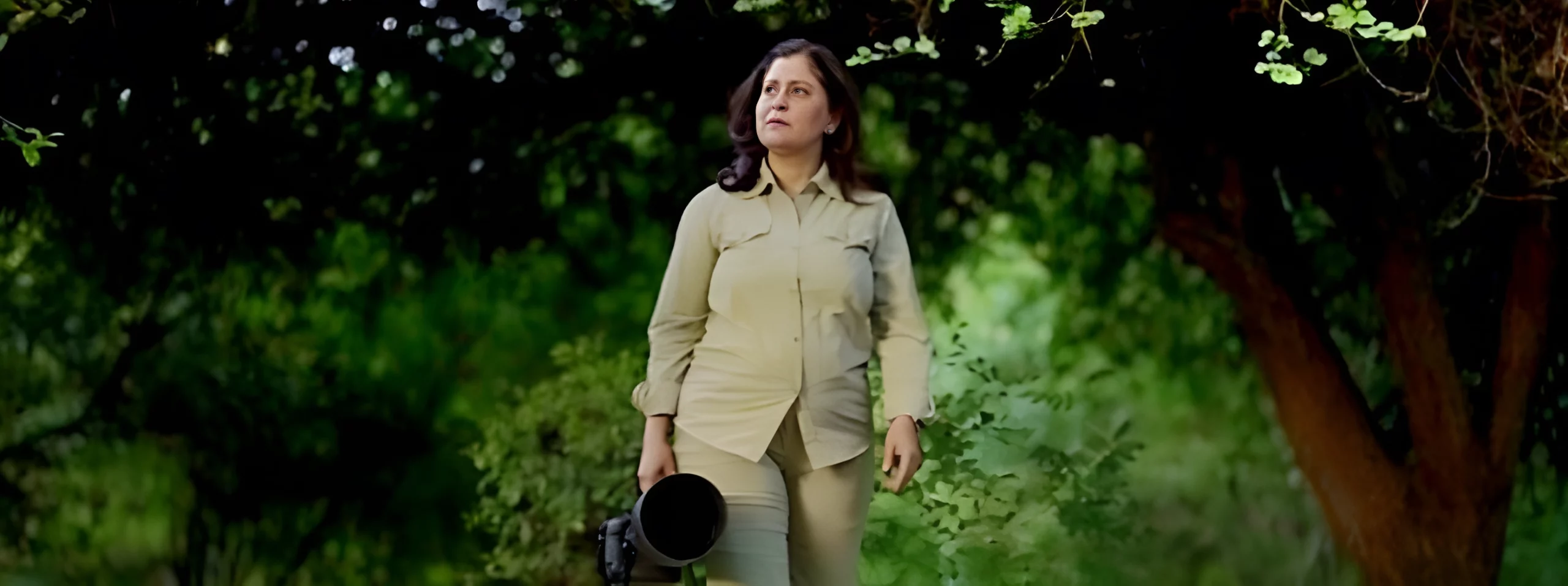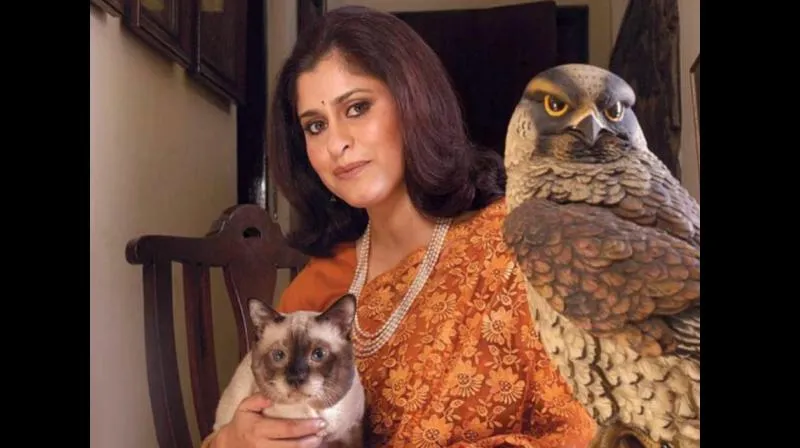(April 29, 2022) The 94th Oscar Academy Awards, the greatest galas of 2022, had an august array of creative spirits. Among them was an Indian graphic designer whose 3D artwork was among eight creatives invited to contribute to the Oscars. 3D artist Khyati Trehan, a well-known fluid digital artist was no doubt thrilled to be selected, even wishing she had been invited to the ceremony. However, her body of work earlier has included working with the biggest names in the industry – New York Times, Apple, WeWork, Adobe, etc.
View this post on Instagram
“I am still in disbelief,” shares Khyati laughing, during an interview with Global Indian. Expressing her love for 3D graphics, Khyati adds, “While working on a project in college, looking for an image, I realised I was spending more time on searching for a photograph, than designing. I started exploring possibilities of making all the pictures, rather than hoping that someone had clicked an image suiting my requirements. That’s how I discovered 3D. It seemed like magic,” recalls the Forbes 30 under 30 2022.
Freedom to learn
Born in Jalandhar, Khyati moved to Delhi with her parents at a young age. As the family welcomed another daughter, it was struck with tragedy when Khyati’s father passed away in an accident when she was nine. “My mother, a college teacher in genetics and embryology before marriage, had to leave her job to look after the family,” shares the graphic designer, adding, “After my father passed away, she raised us, and it was a difficult period,” she remembers. Eventually, Khyati’s mother entered the world of haute couture, managing luxury fashion brands.
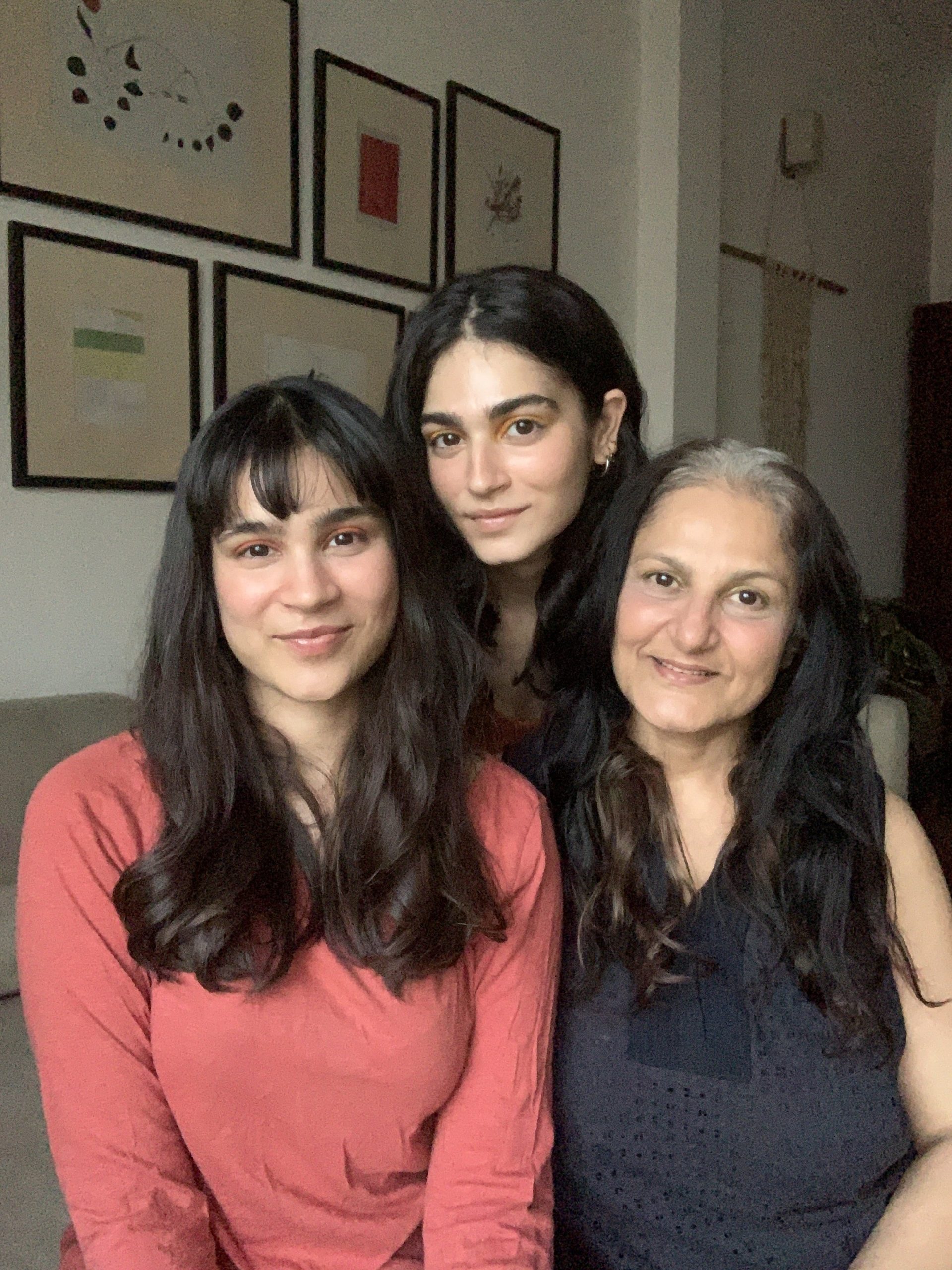
Khyati with her mother and sister, Kavya
Raised by a single parent, Khyati has a special bond with her sister Kavya, and her mother. “We spent a lot of time together. There was a lot of feminine energy. Yet, as a family of three women, I came across misogyny way sooner – People who worked for us wouldn’t take us seriously without a paternal figure,” recalls Khyati, adding, “My mother is a great parent, more of a friend to me and my sister. Frankly, a lot of my work and who I am today is defined by being raised by a single parent.”
An alumnus of a remarkably interesting school in Delhi, Mirambika – Free Progress School, the 3D designer had a unique childhood. “Mirambika is based on the integral philosophy of Sri Aurobindo and the Mother. We were given a lot of freedom and exposed to all kind of subjects. It was a great place to understand my skillset,” shares the once shy girl. “My sister is the opposite. Yet, I was aggressively protective of her. In fact, I named her,” she laughs.
The world of 3D
Mirambika helped Khyati realise her true potential. After school, the artist toyed with the idea of studying economics or languages. “I wasn’t interested in designing. People around me told me about this whole world of design and 3D,” the graphic designer adds.
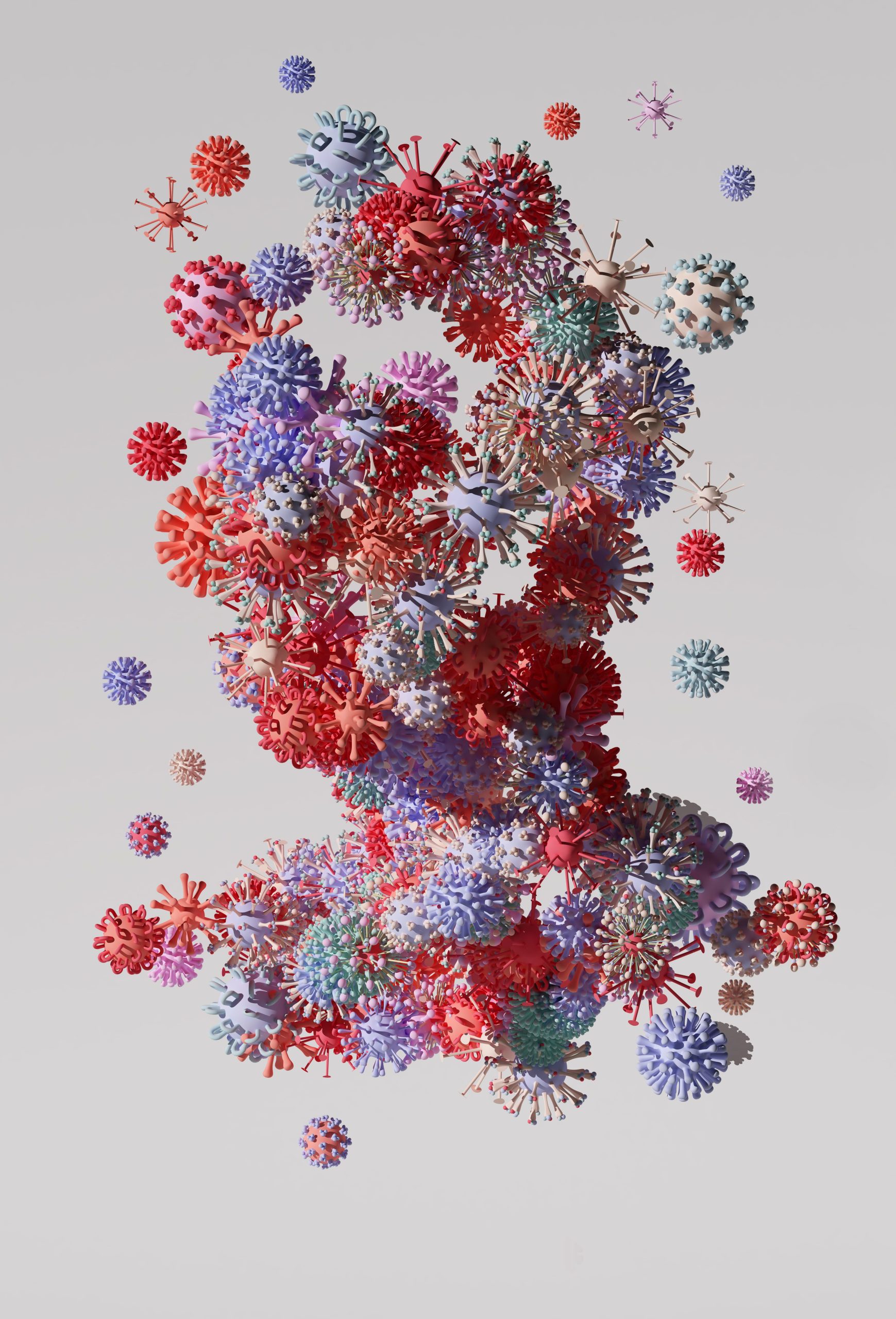
Khyati’s art, Are Viruses Alive, for New York Times
She fell in love with a new world of shapes, colours and design after joining National Institute of Design (Ahmedabad). “NID was a whole new world. A focus on craft – we were asked to draw to help us see things in a certain way. A mindset change, and gaining skills to become a designer, the most amazing was being surrounded by creative people,” says the 3D designer Khyati, who also met her now-husband Sanchit Sawaria during her NID days.
After NID, a few stints at graphic designing companies in Delhi led her to a big change in 2017 – she shifted to Berlin to work at one of the leading European online platforms for fashion and lifestyle, Zalando. “Design is one of those industries that allows one to have different careers. So, if I am working for hospitality, I get to learn how to run a hotel, and if I switch to designing for a musician I might hang out with the artist and learn about his craft. I needed to be versatile, and I absolutely loved it,” the graphic designer smiles. The same year Khyati was named as one of Print Magazine’s 15 new visual artists under 30.
View this post on Instagram
In 2019, Khyati joined award-winning global design and innovation firm IDEO. The sky was the limit as she worked on projects with NYT, New Yorker Magazine, Apple, Adobe, Absolut, Instagram and Snapchat. The successful graphic designer won several awards and recognitions too – Artistry Creator of the Year at Adweek’s Creator Visionary Awards, ADC Young Guns 19 – 2021, etc.
Back to India and straight to Oscars
Having worked without a break for eight straight years, and with the pandemic, the 3D designer decided to return home, and spend some quality time with my loved ones,” the graphic designer adds.
That was when an email from the Academy popped up asking if she was interested in participating on a project. The theme focused on the intersection of storytelling and technology, inviting eight artists from around the world to each create a representation of the Oscar statue inspired by their personal appreciation of movies and ‘how do movies transform and inspire?’
View this post on Instagram
“My concept was of the Oscar statue as a movie viewer amidst the action,” shares the Forbes 30 under 30, and she immediately got a “go ahead.” “It was a dream project and I drew inspiration from the immersive power of movies. I wanted to create an overwhelming sense of feeling,” she shares, adding, “I just wished they has called us to the US for the ceremony when my design was selected,” laughs the artist, who has many interesting projects on the anvil.


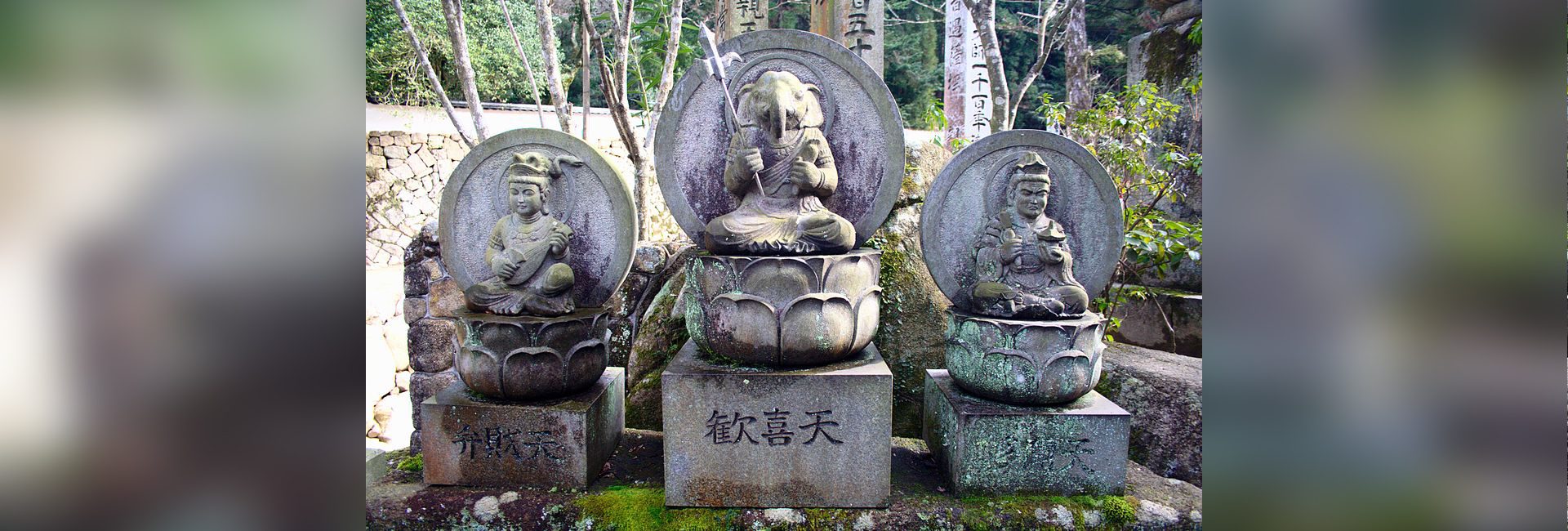
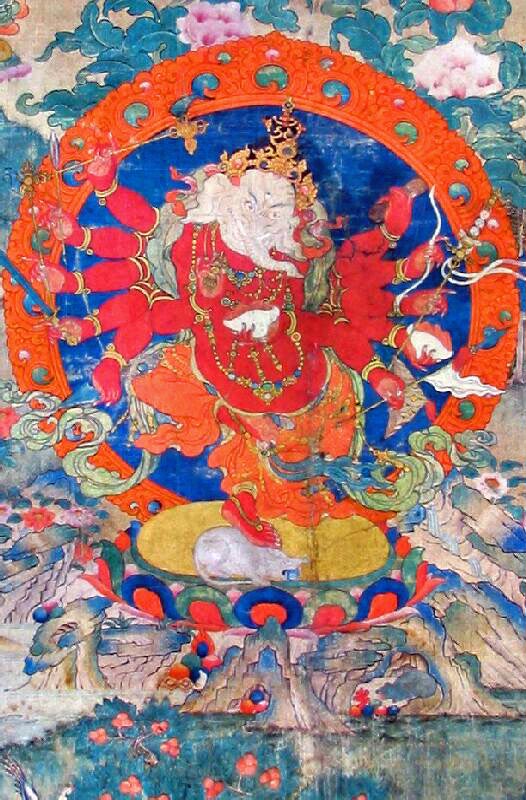 Tibetan Ganpati[/caption]
Tibetan Ganpati[/caption]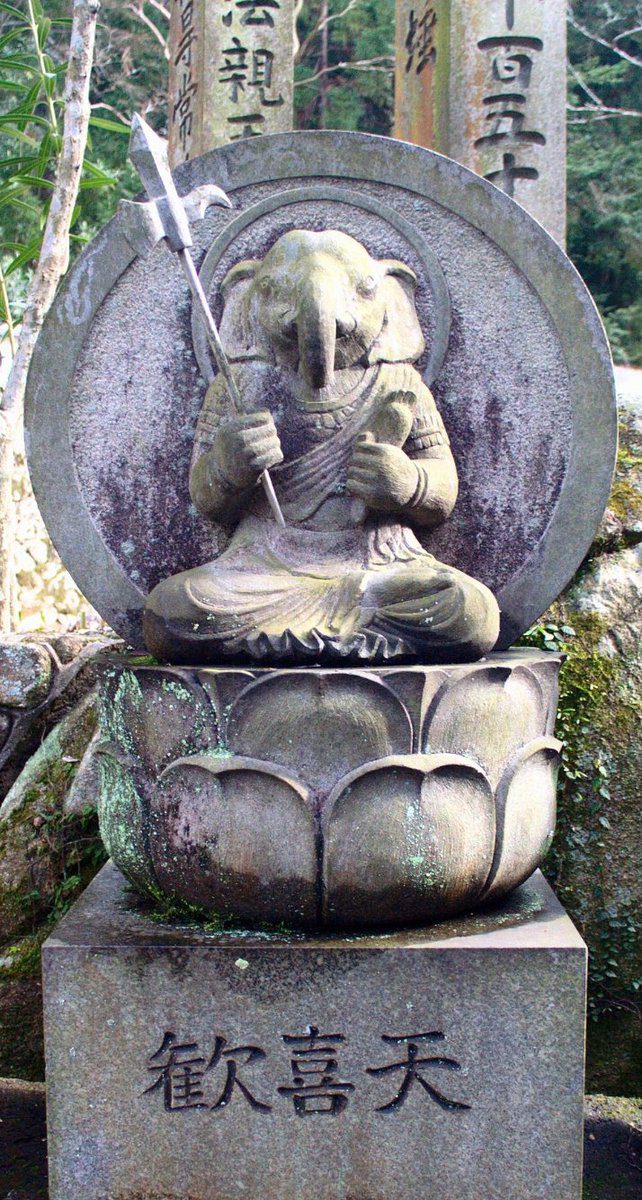 Japanese god, Kangiten[/caption]
Japanese god, Kangiten[/caption]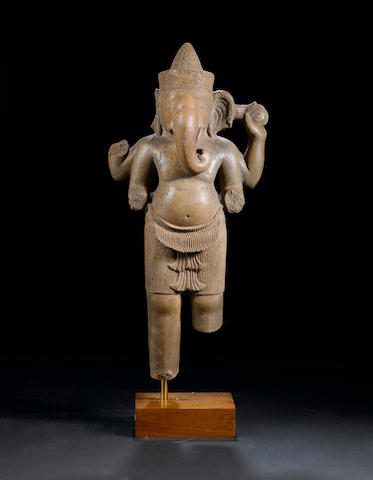 A 12th Century stone sculpture of Ganesha found in Cambodia[/caption]
A 12th Century stone sculpture of Ganesha found in Cambodia[/caption]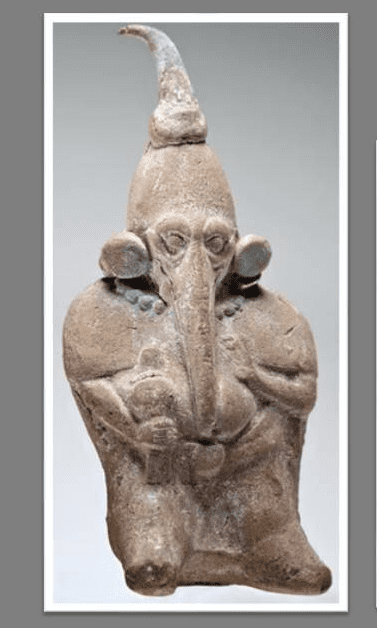 The Aztec elephant god[/caption]
The Aztec elephant god[/caption]
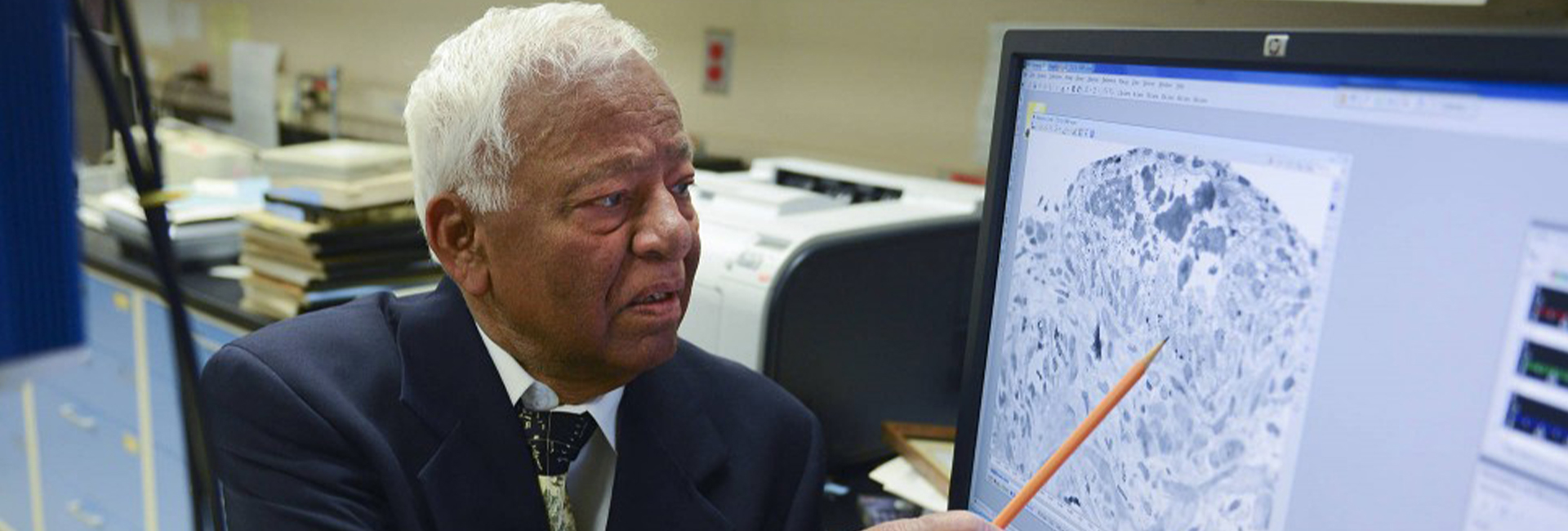
 Image extracted from Google Maps[/caption]
Image extracted from Google Maps[/caption]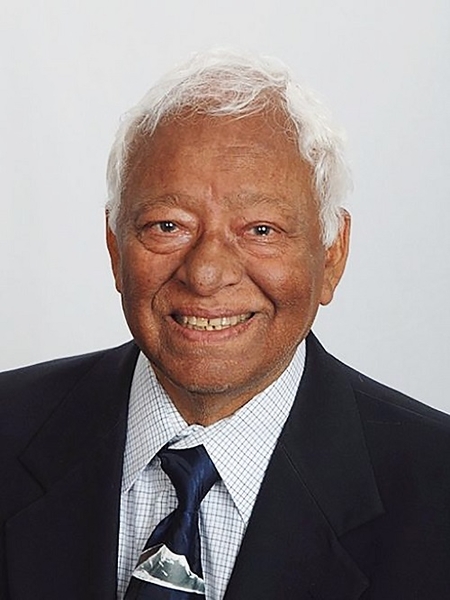 Professor Akhouri Achyutanand Sinha[/caption]
Professor Akhouri Achyutanand Sinha[/caption]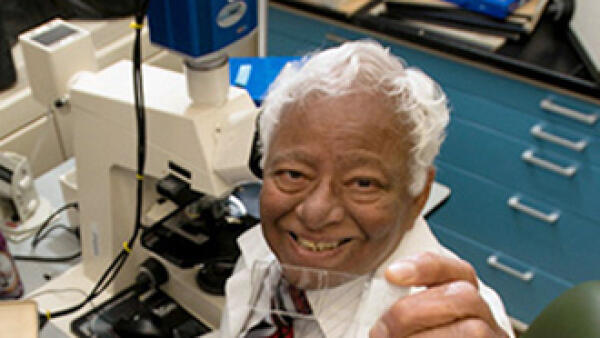 Professor Akhouri Achyutanand Sinha[/caption]
Professor Akhouri Achyutanand Sinha[/caption]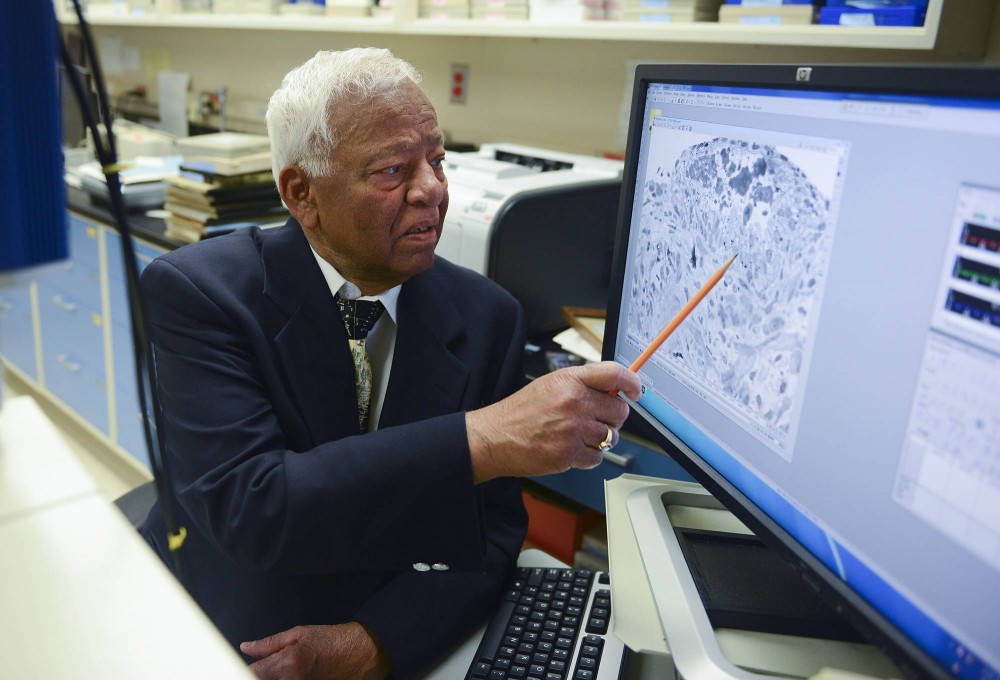 Professor Akhouri Achyutanand Sinha[/caption]
Professor Akhouri Achyutanand Sinha[/caption]
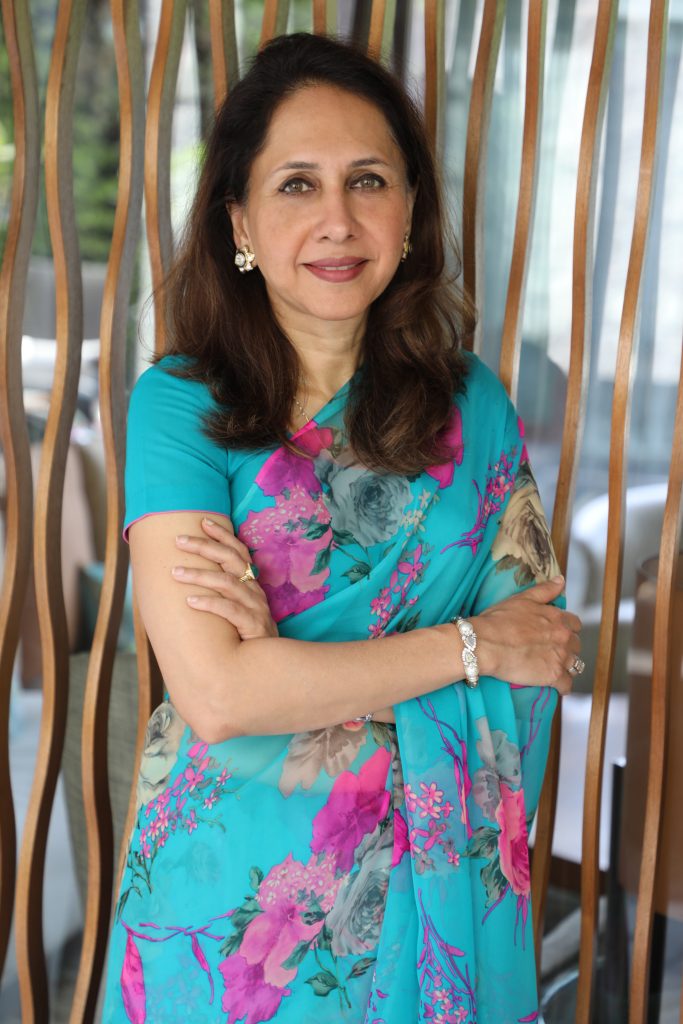 Image courtesy: Deepikka Jindal[/caption]
Image courtesy: Deepikka Jindal[/caption]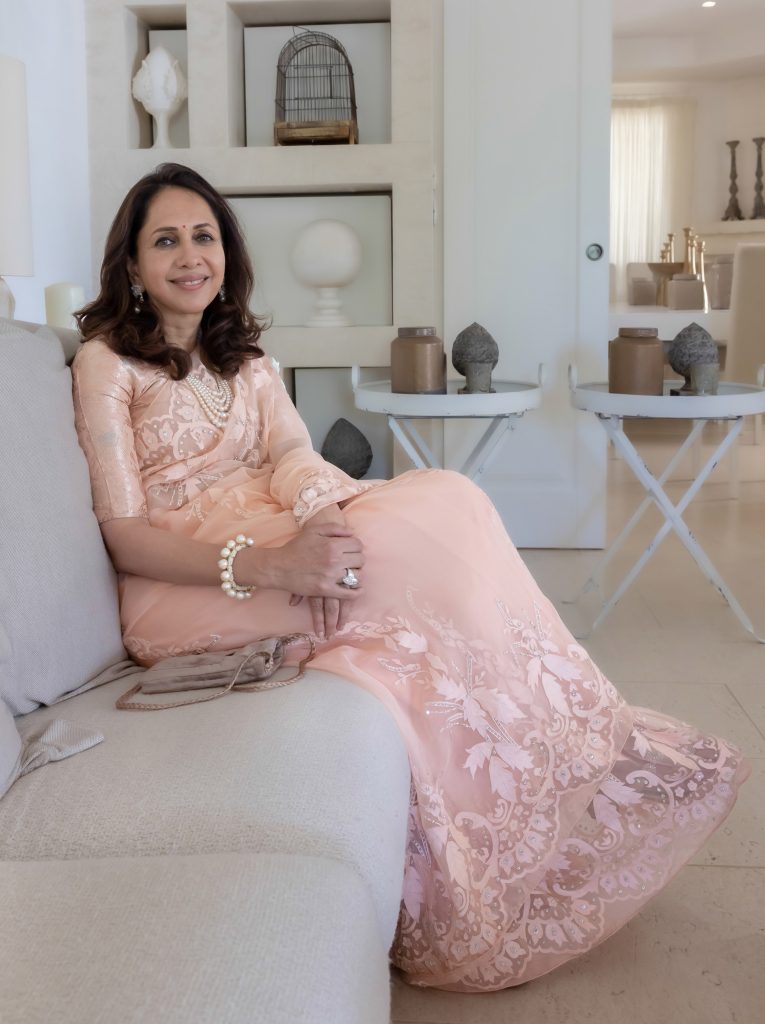
 Tiara Centerpiece by Arttd'Inox[/caption]
Tiara Centerpiece by Arttd'Inox[/caption]
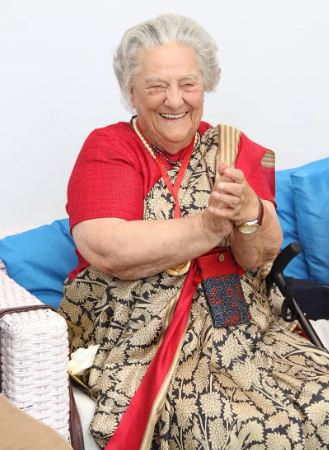 Rajni Kumar[/caption]
Rajni Kumar[/caption]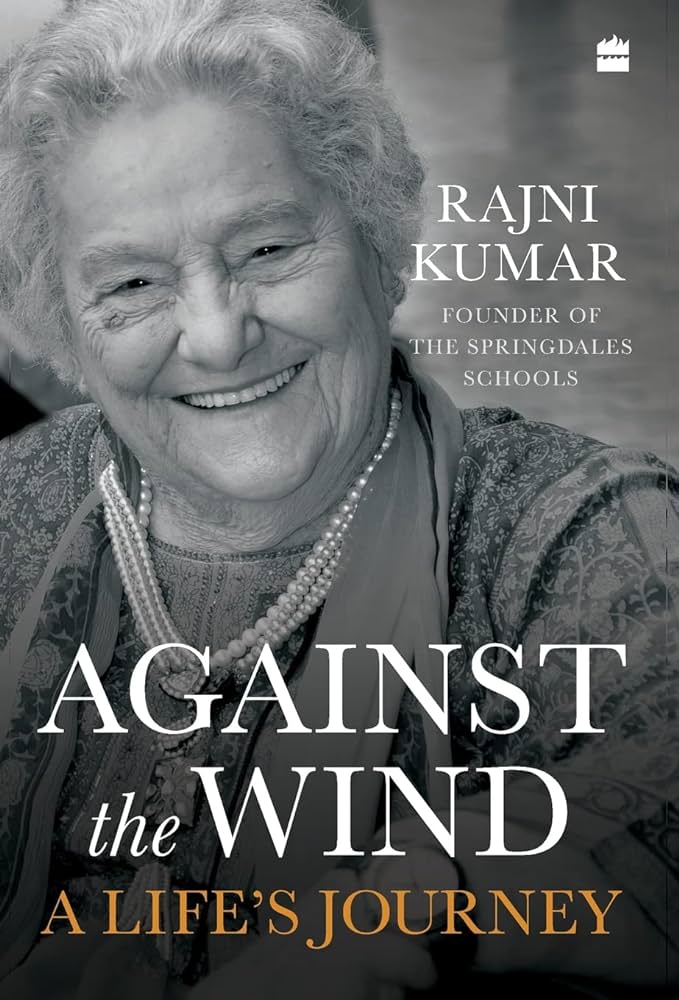 Cover image of Rajni Kumar's memoir[/caption]
Cover image of Rajni Kumar's memoir[/caption]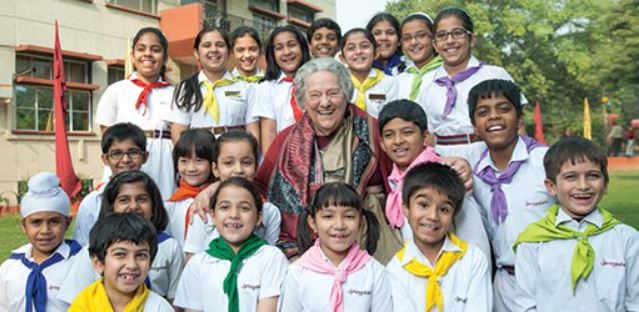 Rajni Kumar with school children[/caption]
Rajni Kumar with school children[/caption] Rajni Kumar with Dalai Lama[/caption]
Rajni Kumar with Dalai Lama[/caption]